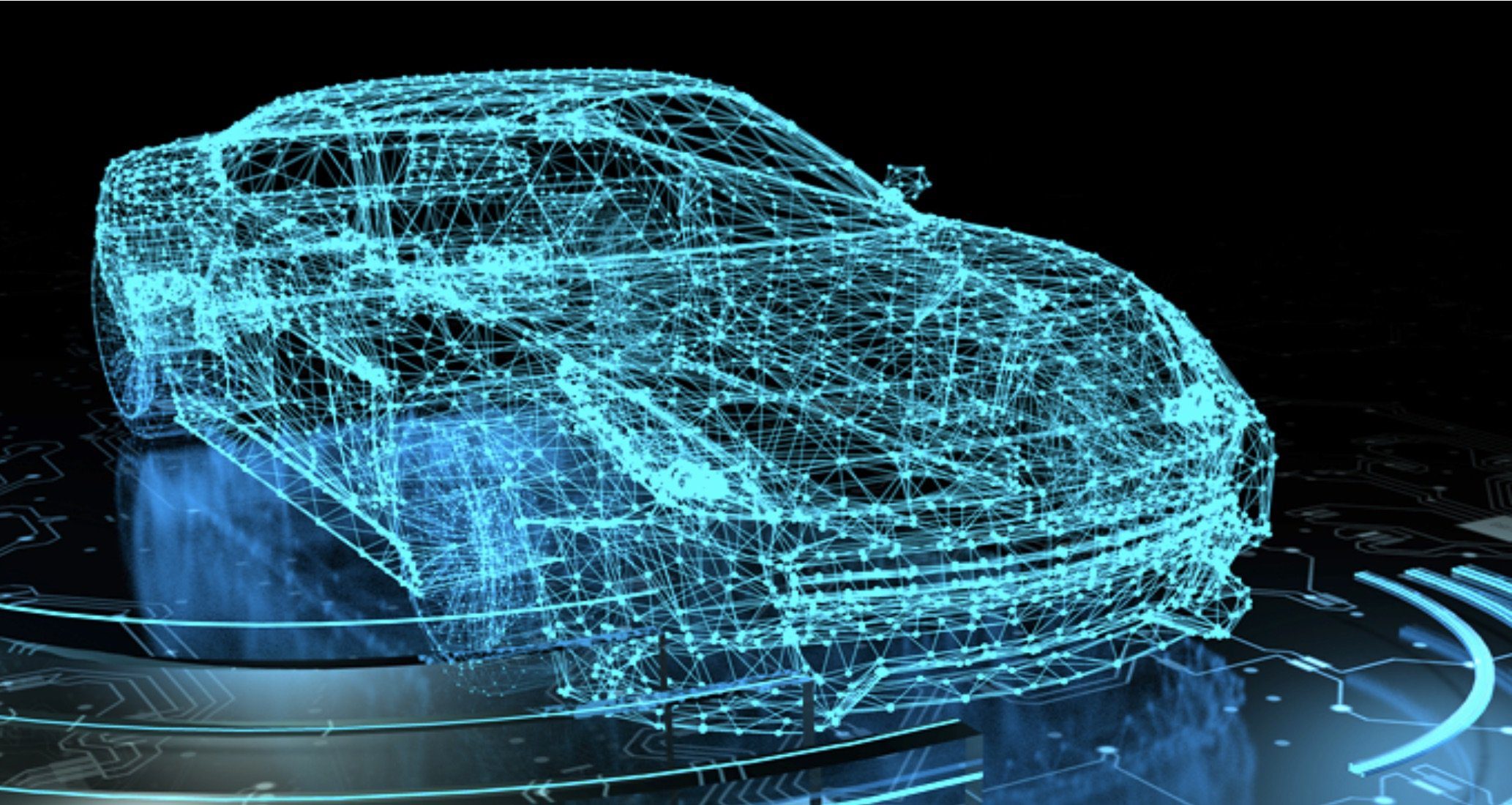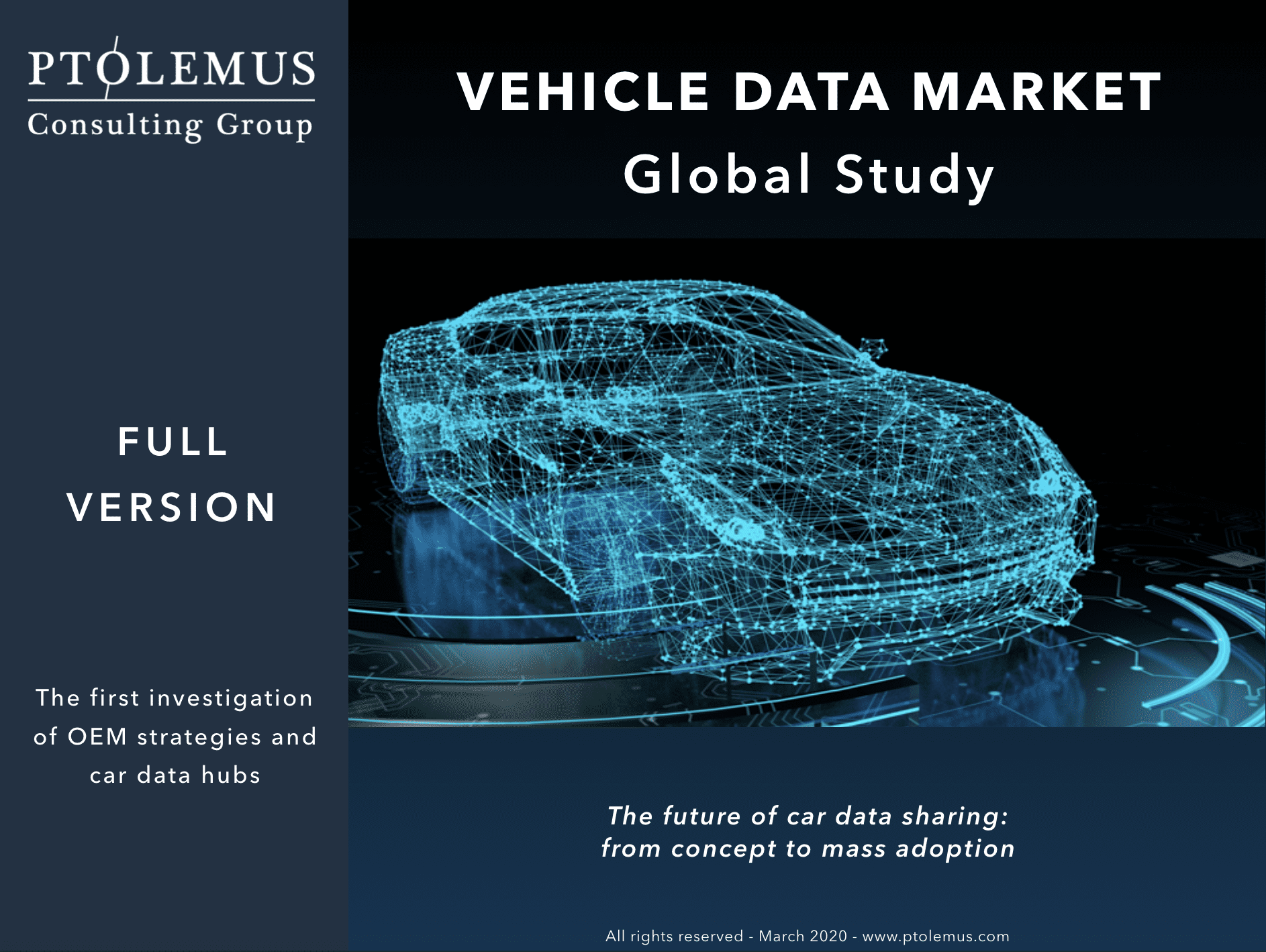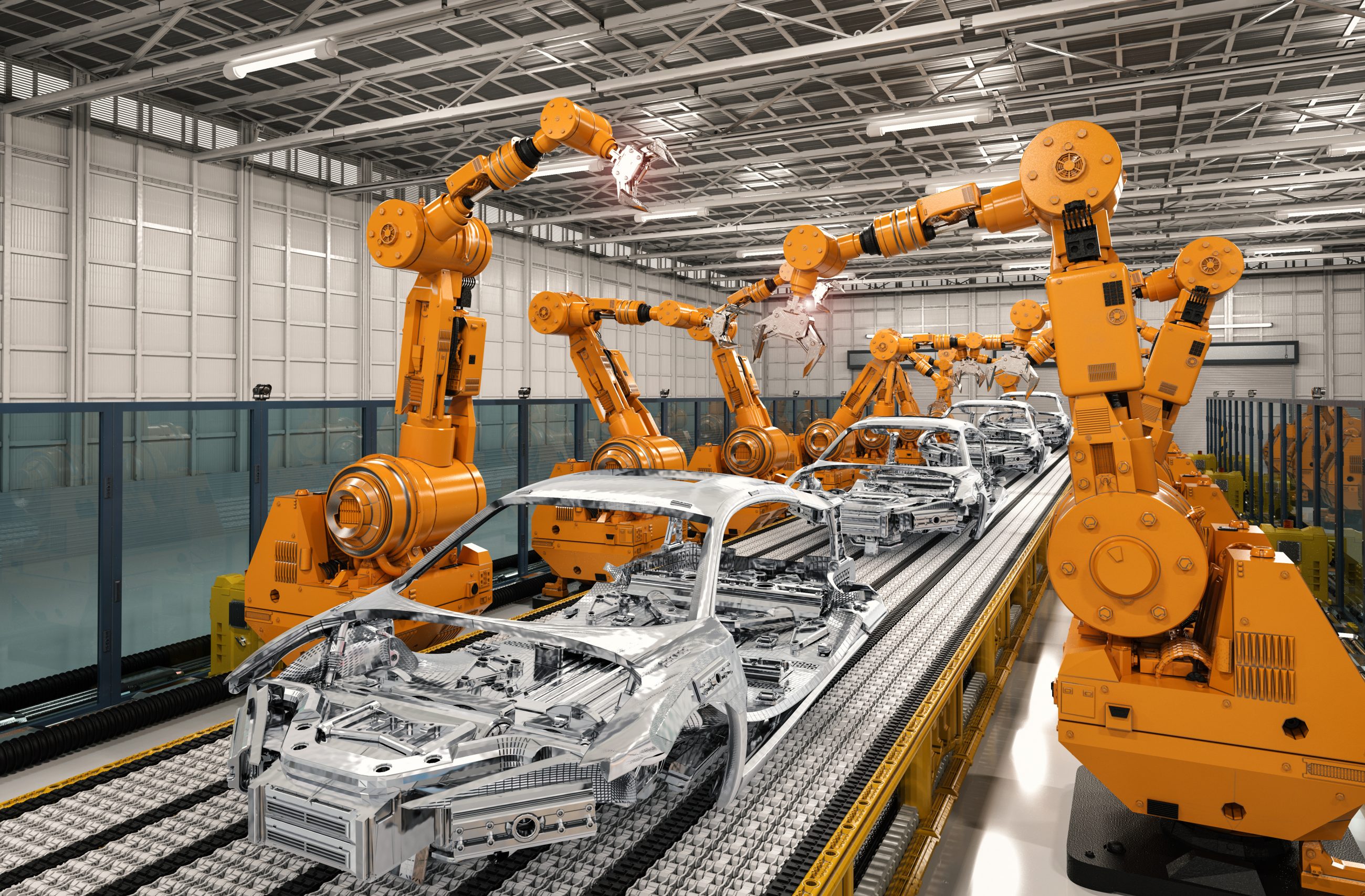What’s blocking OEMs from sharing connected car data with third parties?

[Brussels – 5th April 2020]
As we started last year our research on the vehicle data market, we were trying to find the reasons why the market for connected car data has not taken off yet.
At first, it did not seem to be technology. As shown below, there is an abundance of telematics technologies available to provide connected car data, both embedded or as retrofit / aftermarket solutions.

However, more careful analysis is required. In truth, current cars are not designed to become data collection objects. They are designed to move people from A to B in the most reliable manner for up to 15 years!
What could seem a detail has enormous consequences. Cars have up to 150 different ECUs (Electronic Control Units), basically one for each key function. Each is retrieving data at very specific times and this data flows through the vehicle’s CAN-bus network.
To make the extraction of data entirely safe, it is therefore preferable to design it from the start. This is what several OEMs have done for years to collect maintenance status data.
However, most OEMs have not designed their systems to be opened from the start. This has led to the growth of aftermarket telematics solutions to retrieve data. Telematics Service Providers (TSPs) such as Masternaut have helped their fleet customers retrieve diagnostics data for years by “listening in” to the CAN-bus. To open car doors remotely, mobility platform enablers such as Invers have done the same.
Telematics Technology Providers (TSPs) such as Danlaw and MUNIC (formerly Mobile Devices) have also developed so-called dongles to retrieve in-car data through their standard On-Board Diagnostics (OBD) port.
As we were noting in our Connected Car Services Global Forecasts, these aftermarket systems have actually become far more successful than OEMs’ embedded solutions and volumes have grown much faster.
Under pressure from governmental bodies such as the European Commission, OEMs have pushed the Extended Vehicle model, which has been standardised by ISO (ISO 20077-1:2017, ISO 20077-2:2018 and ISO 20078-1:2019). However, the ExVe model relies on the OEM fully controlling the datasets collected, the formats, granularity and frequency of their gathering.
Thus it has been rejected by most of the independent aftermarket stakeholders, which are asking for a truly non-discriminatory framework where all parties can have access to the same datasets in the same condition.
At the MAP Conference in March, Stéphane Derville, of Europe’s largest car repair chain, Mobivia, was recently requesting all new car platforms to be divided into 3 separate domains: the OEM domain, the repair diagnostics domain and the infotainment / app domain so that all repairers could have a safe access to the same diagnostics data as auto makers.
Speaking at the same conference, I was detailing the obstacles to sharing vehicle data. I was also advocating the enormous benefits of opening car data to all stakeholders. Our Vehicle Data Market Global Forecast predicts that the opening of connected car data to 8 vertical markets will generate €300 billion of revenues globally in 2030.

And the best of the story is that even OEMs will grab their part of that value!
Frederic Bruneteau
###
For more information, please contact Frederic Bruneteau, Managing Director, at [email protected].

